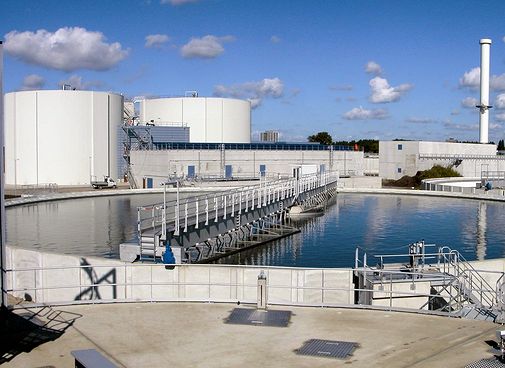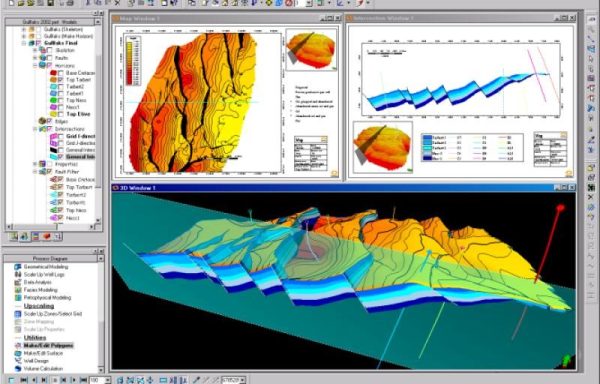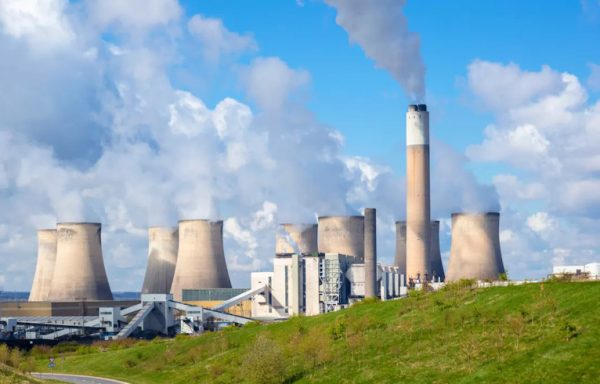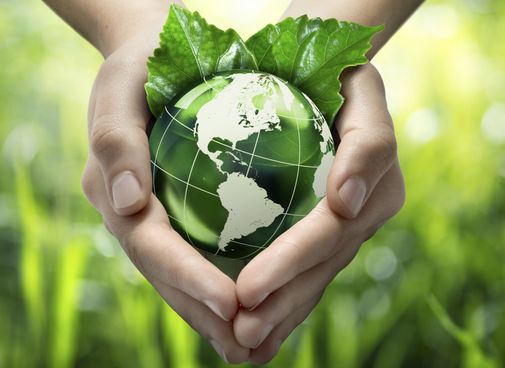
The course is optional for the students following the direction of “Environmental Engineering and Geo Environment”. It is offered to the students at the 9th semester of their curriculum. The course consists of lectures and tutorials.
The subject of the course is focused on the physical and biological processes applied in the wastewater treatment units and specifically on the design of these processes.
The lectures are structured according to the following schedule:
- Physical and chemical characteristics of the wastewater: Color, Odor, Turbidity, Solids (total, suspended, soluble, settleable, fixed, volatile), Organic loading (xenobiotics), Inorganic loading (metal ions), anions, nutrients (NH4+,PO43-), nitrogenous compounds (NO3-, NO2-, organic nitrogen), pathogenic microorganisms.
- Microbial growth kinetics – growth equations – The Monod equation, other growth kinetic equations.
- Wastewater quality: Biochemical Oxygen Demand, (BOD), Chemical Oxygen Demand, (COD), methods of measurements – importance in environmental engineering.
- Removal of solids – Settling processes: Discrete particles settling (Type I) – Primary settling (Type II), Thickening (Type III and IV). Design of settlers – Grit removers – Primary settlers – Thickening – Dewatering.
- Biological reactors engineering – Bioreactors design: Basic principles. Material balances. Design of batch reactors, continuous stirred tank reactors (CSTR) with and without recycling, plug flow reactors, immobilized biofilm reactors.
- The activated sludge process.
- Comparison of biological reactor.
- Sludge treatment – Anaerobic processes – Anaerobic digestion – Biogas production
i. Introductory concepts. The physical and chemical characteristics of the waste water. ii. Microbial growth kinetics – growth equations – The Monod equation, other growth kinetic equations iii. Wastewater quality: Biochemical Oxygen Demand, (BOD), Chemical Oxygen Demand, (COD), methods of measurements – importance in environmental engineering. iv. Removal of solids – Settling processes: Discrete particles settling (Type I) – Design of grit removers. v. Primary settling (Type II) Design of primary settlers – Numerical exercises. vi. Settling Type III and IV. Design of thickeners – Numerical exercises. vii. Principles of batch bioreactors: Material balances for biomass and nutrients – Design – Numerical exercises. viii. Principles of continuous flow bioreactors (Completely Stirred Tank Reactors CSTR): Material balances for biomass and nutrients – The washout principle – Design – Numerical exercises. ix. Continuous flow bioreactors (Completely Stirred Tank Reactors CSTR) with recycling: Material balances for biomass and nutrients – Stability analysis – Design – Numerical exercises. x. Plug flow bioreactors with and without biomass recycling: Material balances for biomass and nutrients – Stability analysis – Design – Numerical exercises. xi. Biofilm reactors: Material balances for biomass and nutrients – Diffusional processes in biofilm – Design – Numerical exercises. xii. Comparison of the performance of biological reactors. Stability, size differences, toxic effects. xiii. Wastewater treatment plants design and operation.
Description
Τίτλος Μαθήματος
Τεχνολογία επεξεργασίας υγρών αποβλήτων (7.2.34.9)
Εξάμηνο Διδασκαλίας
Κατ’ Επιλογή Υποχρεωτικό Μάθημα Κατεύθυνσης Περιβαλλοντικής Μηχανικής & Γεωπεριβάλλοντος: 9ου Εξαμήνου
Διδάσκοντες
Βιβλία Διδασκαλίας
Σημειώσεις για το μάθημα «Τεχνολογία επεξεργασίας υγρών αποβλήτων», 100 σελίδες.
Επιπρόσθετη Βιβλιογραφία
Βιβλιογραφία διαθέσιμη στην Κεντρική Βιβλιοθήκη Ε.Μ.Π.
- Επεξεργασία και διάθεση αποβλήτων, Ελληνικό Ανοικτό Πανεπιστήμιο, Σχολή Θετικών Επιστημών και Τεχνολογίας, Πάτρα: Ελληνικό Ανοικτό Πανεπιστήμιο, 2001.
- Μηχανική βιοδιεργασιών: βασικές έννοιες, M.L. Shuler, F. Kargi, Δ. Κέκος, Φ. Κολίσης, Β. Μακρής κ.ά., Αθήνα: Πανεπιστημιακές Εκδόσεις Ε.Μ.Π., 2005.
(Πρωτότυπη έκδοση: Bioprocess Engineering: Basic concepts, M.L. Shuler & F. Kargi, Englewood Cliffs, NJ: Prentice Hall, Inc., 1992). - Μηχανική υγρών αποβλήτων: επεξεργασία και επαναχρησιμοποίηση, Α. Κούγκολος & Π. Σαμαράς (μτφ.), Θεσσαλονίκη: Εκδόσεις Τζιόλα, 2006-2007.
(Πρωτότυπη έκδοση: Wastewater Engineering: Treatment and Reuse, 4th ed., Metcalf & Eddy, Inc., revised by G. Tchobanoglous, F.L. Burton & H.D. Stensel, Boston: McGraw-Hill, 2003). - Biological wastewater treatment: theory and applications, C.P. Leslie Grady, Jr. & H.C. Lim, New York: Marcel Dekker, 1980.
- Τεχνολογία Επεξεργασίας Υγρών Αποβλήτων, Βοηθητικές Σημειώσεις, Μ. Τσέζος & Α. Χατζηκιοσεγιάν, Αθήνα: Εκτυπωτική Μονάδα Ε.Μ.Π., 2009.
Άλλη βιβλιογραφία
- Αγγελάκης, Α.Ν. & Tchobanoglous, G., Υγρά απόβλητα: Φυσικά συστήματα επεξεργασίας και ανάκτηση, επαναχρησιμοποίηση και διάθεση εκροών, Πανεπιστημιακές Εκδόσεις Κρήτης, 1995.
- Ξένος, Κ., & Ξένου, Ε., Ρύπανση & Τεχνικές Ελέγχου Ποιότητας του Νερού, Εκδόσεις Ίων, 2005.
- Droste, R.L., Theory and Practice of Water and Wastewater Treatment, John Wiley and Sons, 1996.
- Ghassemi, A., Handbook of Pollution Control and Waste Minimization, CRC Press, 2001.
- Visilind, A., Wastewater Plant Design: Textbook, IWA Publishing, 2003.
- Woodard & Curran, Inc., Industrial Waste Treatment Handbook, 2nd ed., Elsevier, 2006.
Ηλεκτρονικές Διευθύνσεις
–
OnLine Υλικό
–
Βαθμολογία
Ο βαθμός του μαθήματος προκύπτει από το βαθμό της τελικής εξέτασης.



